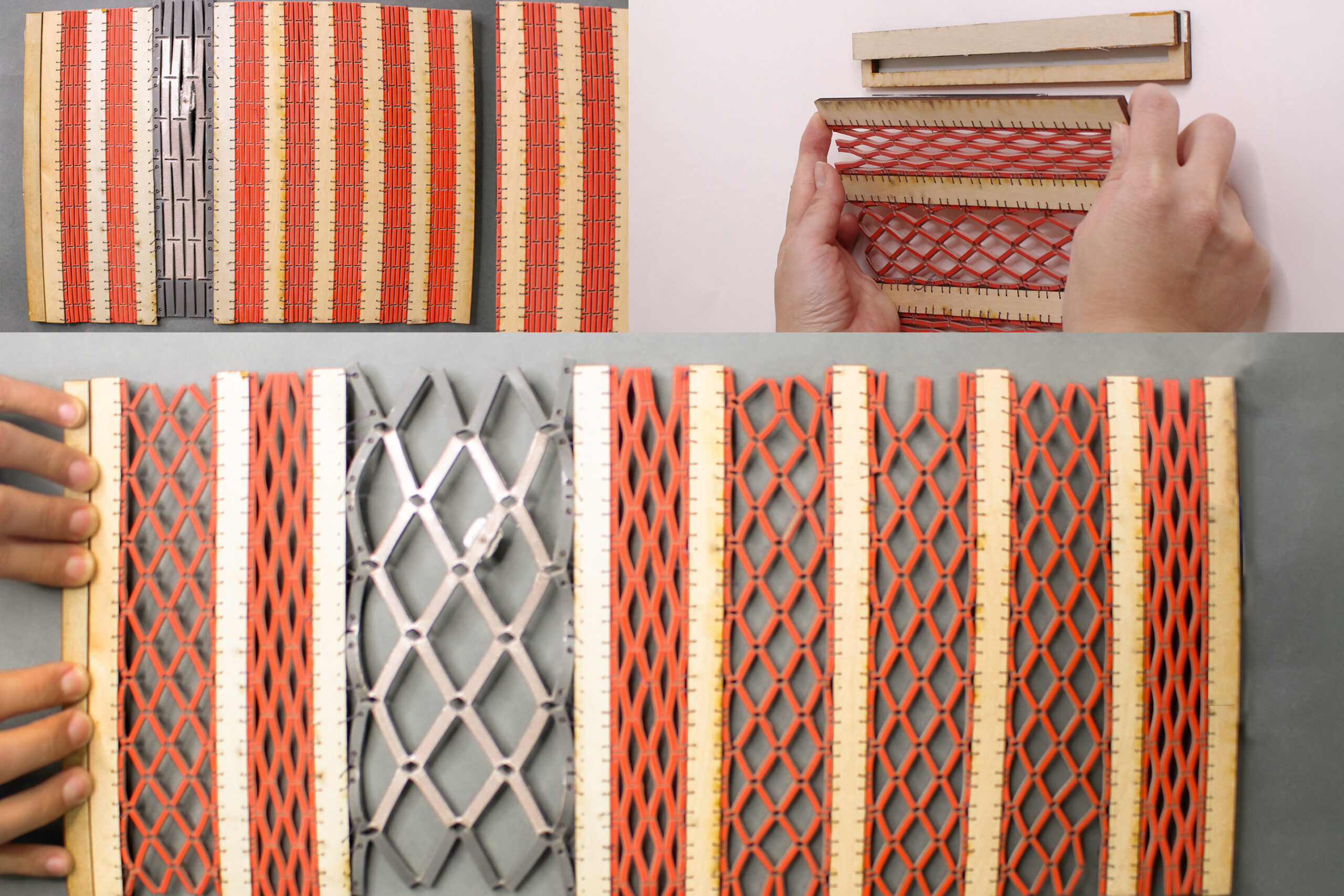Researchers at the Massachusetts Institute of Technology (MIT) have unveiled an innovative reconfigurable antenna capable of dynamically adjusting its frequency range by altering its physical shape. This breakthrough development allows for enhanced versatility in communications and sensing applications, surpassing the limitations of traditional static antennas. By stretching, bending, or compressing the antenna, users can make reversible changes to its radiation properties, enabling devices to function across a broader frequency spectrum without the need for complex mechanical components.
The research team, led by Marwa AlAlawi, a graduate student in mechanical engineering, aims to adapt the antenna to changing environmental conditions, potentially reducing the necessity for multiple antennas. The team’s work revolves around metamaterials—engineered materials whose mechanical properties are influenced by the geometric arrangement of their components. This approach simplifies the design of a reconfigurable antenna, which could be instrumental in applications such as energy transfer in wearable devices, motion tracking for augmented reality, and wireless communication across various network protocols.
Design and Functionality of the Meta-Antenna
In a departure from traditional antennas often visualized as static metal rods, the MIT researchers focused on their devices’ ability to function as sensors. The team sought to create a mechanical element that could double as an antenna for sensing purposes. The key to this innovation lies in the antenna’s resonance frequency, which is the frequency at which the antenna operates most efficiently. As the shape of the antenna changes, its resonance frequency shifts, enabling it to capture these variations for sensing applications. For example, a reconfigurable antenna could monitor a person’s respiration by detecting the expansion of their chest.
To achieve this, the researchers utilized metamaterials that can be programmed to adopt various shapes. These materials consist of a periodic arrangement of unit cells that can be manipulated through rotation, compression, stretching, or bending. By adjusting the metamaterial structure, the team could effectively alter the antenna’s resonance frequency. AlAlawi explains, “To trigger changes in resonance frequency, we either need to change the antenna’s effective length or introduce slits and holes into it. Metamaterials allow us to obtain different states from a single structure.”
The resulting device, termed the meta-antenna, comprises a dielectric layer sandwiched between two conductive layers. The fabrication process involves cutting the dielectric material from a rubber sheet using a laser cutter and then applying a conductive layer on top with spray paint to create a resonating “patch antenna.” The researchers encountered challenges in ensuring flexibility, ultimately finding that coating the structure with flexible acrylic paint protected the hinges during deformation.
Customizable Design Tools and Future Applications
With fabrication challenges addressed, the researchers developed a user-friendly tool that allows individuals to design and produce customized metamaterial antennas. Users can specify the antenna patch size, select a dielectric layer thickness, and determine the length-to-width ratio of the metamaterial unit cells. The system then simulates the antenna’s resonance frequency range automatically. AlAlawi highlights the advantages of using metamaterials, stating, “The interconnected system of linkages reduces the complexity of a mechanical system.”
The team successfully integrated meta-antennas into several smart devices. These include a curtain that dynamically adjusts household lighting and headphones that transition between noise-cancelling and transparent modes. For instance, in the smart headphones, expanding and bending the meta-antenna shifts the resonance frequency by 2.6 percent, triggering a change in headphone mode. Their experiments also demonstrated that the meta-antenna structures can endure over 10,000 compressions, underscoring their durability.
As the antenna patches can be applied to various surfaces, potential applications extend to smart textiles capable of non-invasive biomedical sensing and temperature monitoring. Looking ahead, the researchers aim to design three-dimensional meta-antennas for broader applications while enhancing the design tool’s functionality and improving the metamaterial structure’s durability and flexibility.
This research will be showcased at the ACM Symposium on User Interface Software and Technology, highlighting the promising future of reconfigurable antennas in advanced sensing and communication technologies.






































































